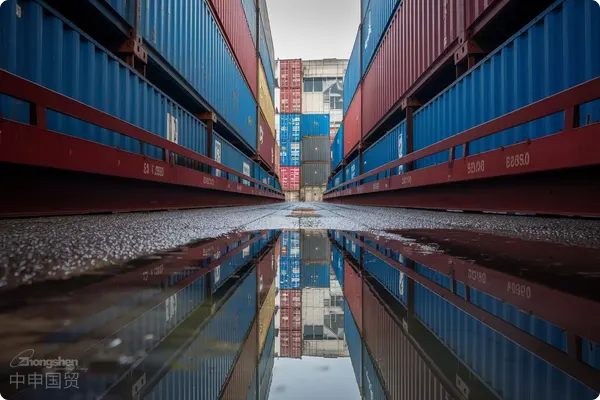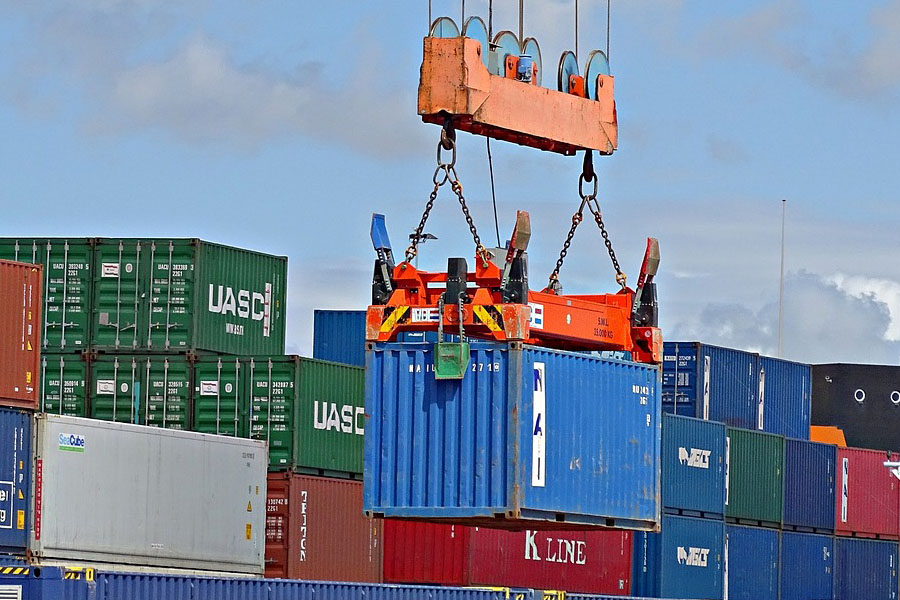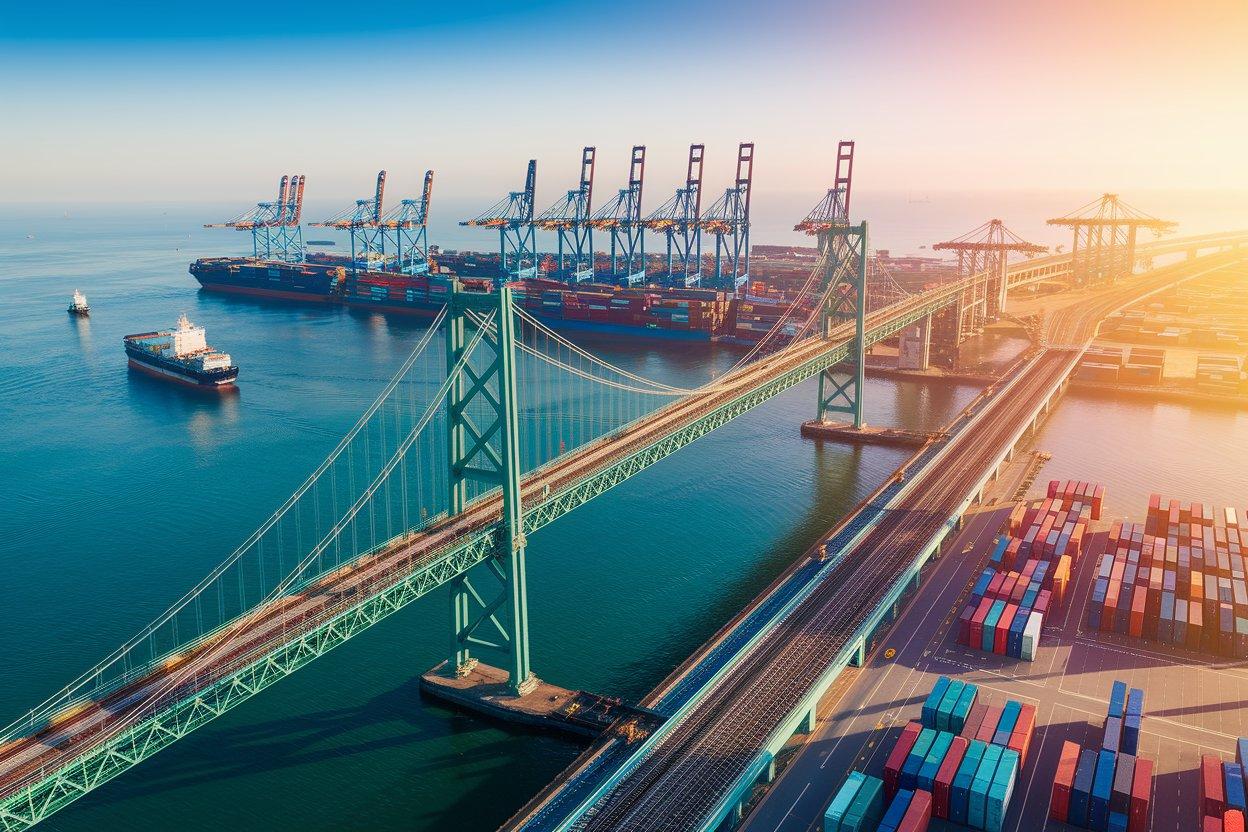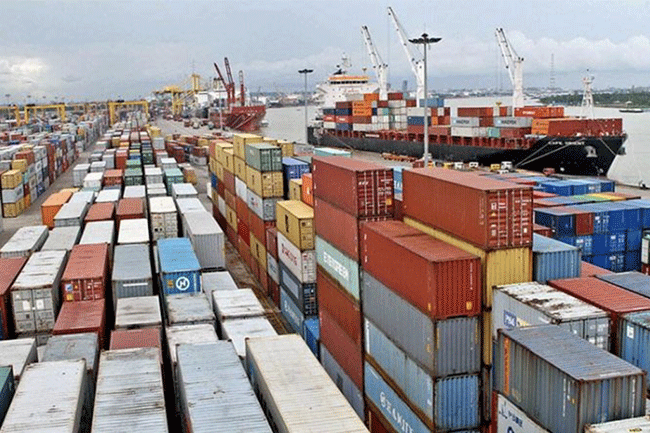- Shanghai Zhongshen International Trade Co., Ltd. - Two decades of trade agency expertise.
- Service Hotline: 139 1787 2118

Introduction
In todays globalized market environment, importing Class IMedical Equipmentfrom Japan contains enormous business opportunities. However, the complex international trade situation, cumbersomeimport and exportprocesses, and strict product certification requirements have brought many challenges to importers.ZhongShen International TradeWith its professional importExport Representationservices, dedicated to solving problems for customers and ensuring smooth import processes.
Challenges and opportunities in the international trade situation
The current international trade situation is complex and volatile, with rising trade protectionism and frequent tariff adjustments, which pose certain challenges to importing Class I medical devices from Japan. For example, some countries may set higher tariff barriers for medical devices, increasing import costs. At the same time, regulations and standards for medical devices vary significantly across countries, requiring importers to thoroughly understand the regulatory requirements of target markets to ensure product compliance.
But opportunities also coexist. With the booming development of the global medical and health industry, the demand for medical devices continues to grow. Japan has advanced technology in the medical device field and reliable product quality, importing Class I medical devices from Japan can meet the domestic markets demand for high-quality medical products. Moreover, countries are continuously strengthening trade cooperation and signing free trade agreements, providing more favorable policy environments for import trade.
ZhongShen International Trades Professional Capabilities in Documentation Processing
Document processing is a key link in the import process. Importing Class I medical devices from Japan requires preparing a series of complex documents. First is the commercial invoice, which details the description, quantity, value, and other information of the goods and serves as an important basis for customs taxation. The packing list specifies the packaging details of the goods, including the product details, weight, and volume of each package.
The bill of lading, as the certificate of ownership of the goods, is even more crucial. ZhongShen International Trade has an experienced document team that can accurately handle these documents. We carefully review each document to ensure it matches the actual situation of the goods, avoiding customs clearance delays caused by document errors. For example, a client once imported a batch of blood glucose meters from Japan, and due to vague product specifications on the original invoice, our document team promptly communicated with the supplier to make clear and accurate modifications, successfully completing customs clearance.
We are also adept at handling special documents related to medical devices. For example, the medical device registration certificate, although ZhongShen International Trade is not responsible for processing it, we will assist clients in understanding the process and requirements for obtaining the certificate, guide them in preparing relevant materials, and communicate effectively with relevant departments.
ZhongShen International Trades Professional Capabilities in Logistics Arrangement
Logistics arrangements directly affect whether goods can arrive at their destination on time and safely. Common transportation methods for importing Class I medical devices from Japan includeAir TransportationandMaritime Transportation. If the goods are urgently needed in the market, air freight is an ideal choice, as it is fast but relatively costly. Sea freight is suitable for large-volume goods transportation, with lower costs but longer transportation times.
ZhongShen International Trade has established long-term cooperative relationships with multiple well-knownInternational Logisticscompanies and can select the most suitable transportation method based on customer needs. For sea freight, we will book shipping space in advance to ensure timely loading of goods. Meanwhile, we will track the transportation status of the goods and provide timely feedback to customers. Before the goods arrive at the destination port, we will communicate in advance with freight forwarders and customs brokers to prepare for customs clearance, thereby reducing the dwell time of goods at the port.
For medical devices, which require strict transportation conditions, we pay special attention to factors such as temperature and humidity during transit. For example, some diagnostic reagents need to be transported within specific temperature ranges, so we select transportation vehicles equipped with temperature control devices to ensure product quality remains unaffected.
VTB for the Russian MarketFX Settlement AgencyAdvantages
When it comes to importing Class I medical devices from Japan for sale in the Russian market, ZhongShen International Trades VTB foreign exchange settlement convenience offers significant advantages. Foreign exchange settlement is an indispensable part of international trade, as it determines whether exporters can receive payments smoothly.
In trade with Russia, VTB Bank, as a major financial institution in Russia, has established a strong cooperative relationship with ZhongShen International Trade. Foreign exchange settlement through VTB channels is relatively simple and efficient. Generally, after goods are delivered and compliant documents are submitted, VTB Bank can quickly process the foreign exchange settlement. Compared to other banks, VTB Bank is more familiar and efficient in handling foreign exchange settlements related to Russian trade, reducing delays caused by cumbersome reviews.
For example, a client once imported a batch of rehabilitation medical devices from Japan for sale in Russia. By utilizing our VTB foreign exchange settlement channel, the process, which might have taken 10 working days, was completed in just 5 working days, significantly accelerating the clients capital turnover.
The foreign exchange settlement process is roughly as follows: First, the exporter ships the goods as agreed in the contract and obtains the relevant shipping documents. Then, commercial invoices, bills of lading, and other documents are submitted to VTB Banks domestic cooperative institutions or agents. Upon receiving the documents, VTB Bank will review them and, if everything is correct, convert the foreign currency into RMB at the current exchange rate and pay the exporter.
Import and Export Processes and Solutions for the Southeast Asian Market
When importing Class I medical devices from Japan to Southeast Asian markets, the first step is contract signing. Before signing the contract, ZhongShen International Trade assists clients in conducting comprehensive due diligence on suppliers to ensure they have good credibility and production capabilities. The contract will specify key terms such as product specifications, quantity, price, delivery period, and quality standards.
Next is the transportation phase. As mentioned earlier, sea or air freight can be chosen based on actual circumstances. After the goods arrive at the destination port in Southeast Asia, customs clearance begins. Customs policies for medical devices vary across Southeast Asian countries, but generally, detailed and accurate documentation is required. For example, in Singapore, documents such as medical device registration certificates, commercial invoices, packing lists, and bills of lading must be provided, and the products must comply with standards set by the Health Sciences Authority (HSA) of Singapore.
ZhongShen International Trade has extensive customs clearance experience in Southeast Asian markets and has established close cooperation with local customs brokers. We stay updated on the latest regulatory changes in each country to ensure smooth customs clearance. For instance, in Malaysia, imported medical devices must comply with regulations set by the Medical Device Authority (MDA). We assist clients in preparing the necessary documents for product registration or filing with the MDA.
For logistics and distribution, we transport goods from the port to designated warehouses or sales locations based on client needs. For medical devices requiring special storage conditions, we provide appropriate warehousing solutions to ensure product quality remains unaffected.
Regarding product certification, while ZhongShen International Trade does not directly handle certification services, we fully assist clients. For example, in Thailand, imported Class I medical devices require certification from the Thai Food and Drug Administration (FDA). We guide clients in preparing the necessary documents, such as product manuals and test reports, and assist in communicating with the FDA to expedite the certification process.
Product Certification Service Related Content
For importing Class I medical devices, product certification is crucial. Different countries and regions have varying certification requirements for medical devices, such as the CE certification in the EU and FDA certification in the U.S. When importing Class I medical devices from Japan, it is essential to clarify the certification requirements of the target market.
Although ZhongShen International Trade does not provide certification services, we offer comprehensive certification consulting services. We inform clients about the certification process, required documents, and relevant information about certification bodies. For example, if a product is to enter the Australian market, TGA certification is required. We assist clients in understanding the specific requirements of TGA certification, including safety and efficacy evaluation standards.
We also help clients analyze potential issues during the certification process and provide solutions. For instance, some certifications require product testing, so we recommend professional testing agencies and assist clients in arranging tests. With our support, clients can complete product certifications more efficiently, ensuring smooth entry into target markets.
Conclusion
Importing Class I medical devices from Japan, despite challenges in the international trade landscape, can be successfully managed with ZhongShen International Trades professional document handling, logistics arrangements, and advantages in foreign exchange settlement and product certification assistance. We provide comprehensive import and export agency services, helping clients succeed in the medical device import sector, seize market opportunities, and achieve steady business growth.
Related Recommendations
Category case
Get in Touch
Email: service@sh-zhongshen.com
Related Recommendations
Contact via WeChat

? 2025. All Rights Reserved. Shanghai ICP No. 2023007705-2  PSB Record: Shanghai No.31011502009912
PSB Record: Shanghai No.31011502009912








